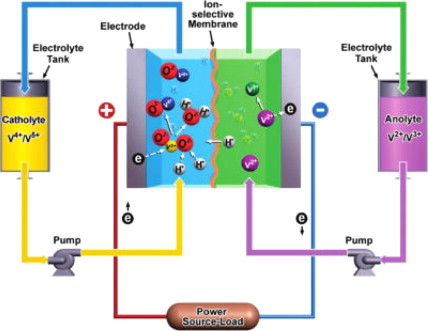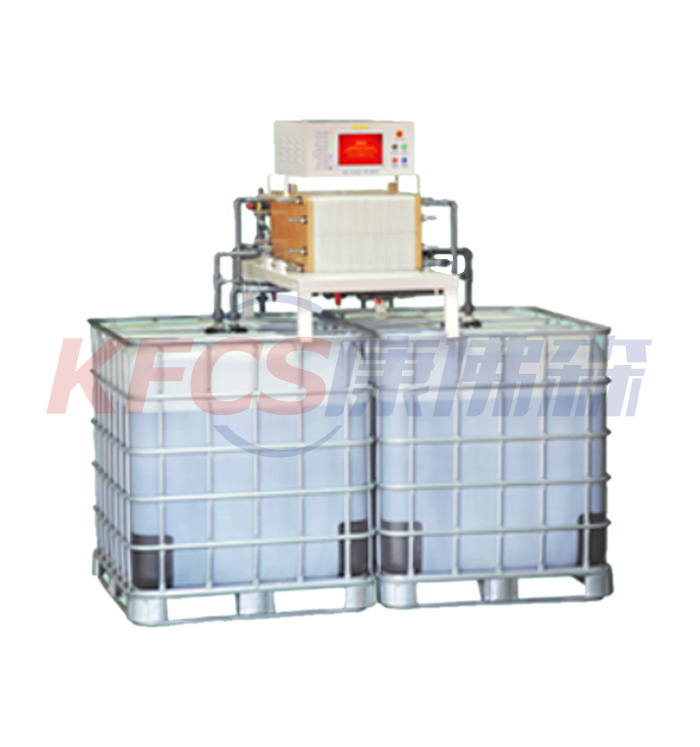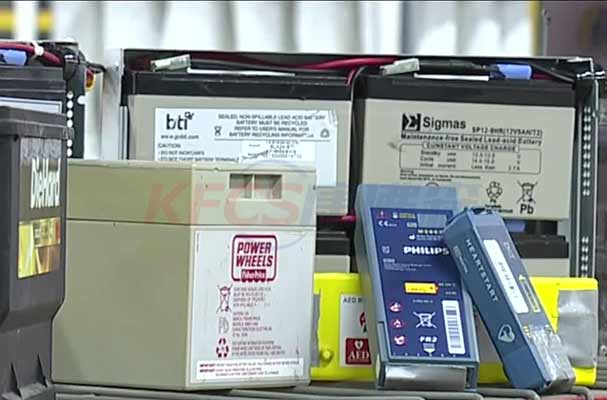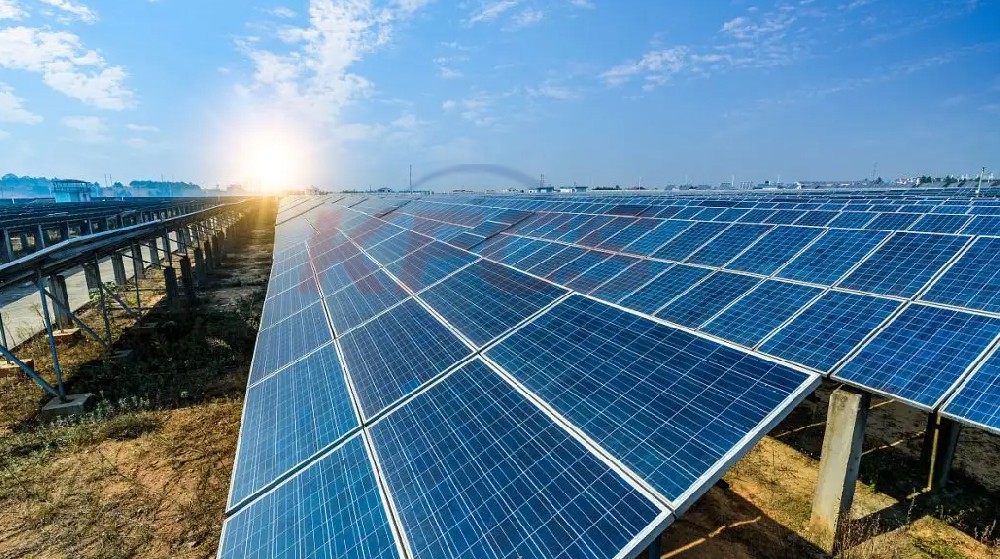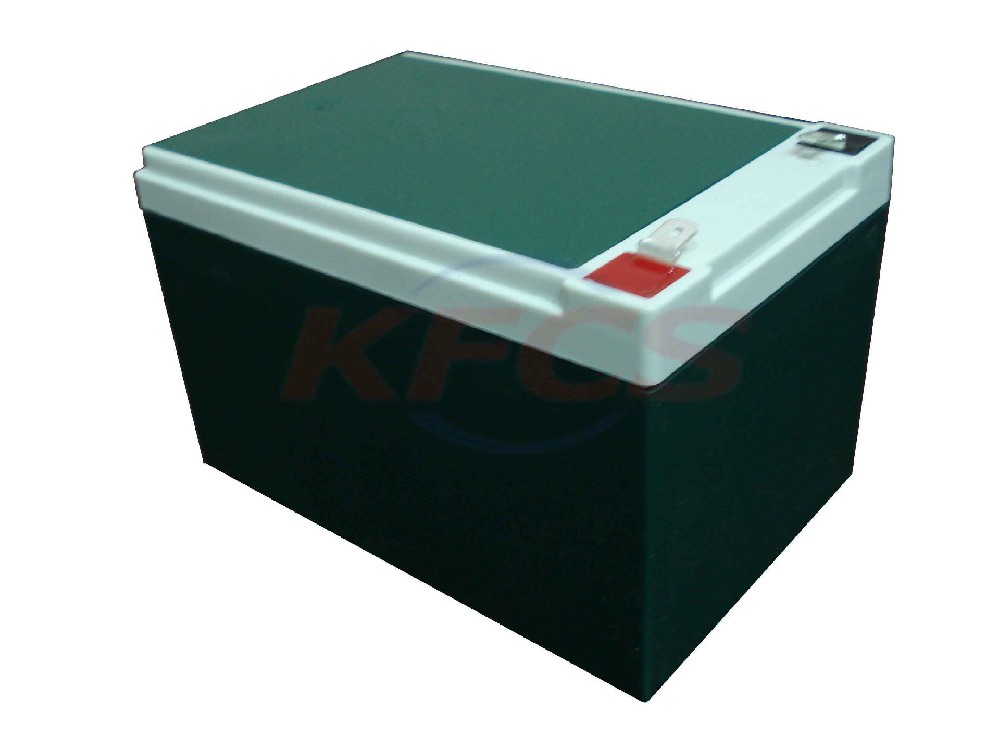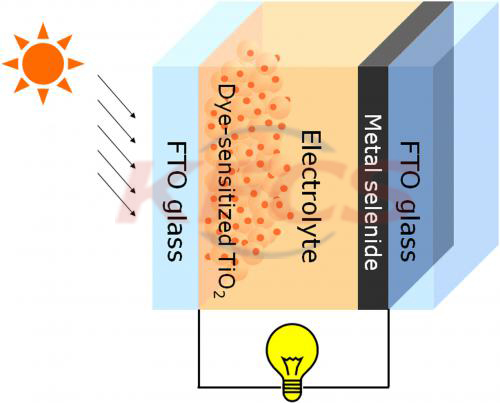Commercial Operation of Vanadium Redox (VRB) Flow Batteries
2022-01-18
The Vanadium Redox Battery (VRB®)¹ is a true redox flow battery (RFB), which stores energy by employing vanadium redox couples (V2+/V3+ in the negative and V4+/V5+ in the positive half-cells). These active chemical species are fully dissolved at all times in sulfuric acid electrolyte solutions. Like other true RFBs, the power and energy ratings of Vanadium Redox Batteries are independent of each other and each may be optimized separately for a specific application. All the other benefits and distinctions of true RFBs compared to other energy storage systems are realized by VRBs. The first operational vanadium redox battery was successfully demonstrated at the University of New South Wales in the late 1980s and commercial versions have been operating on scale for over 8 years.
About News
- What is the difference between monocrystalline silicon solar cells and polycrystalline silicon solar cells?
- A method to stabilize solid-state lithium-ion battery interfaces opens up new possibilities
- American Vanadium commits to supply CellCube with 3 million liters of vanadium electrolyte per year over the next five years
- Focus on 315, the construction of lithium battery energy storage fire protection system behind the fire risk of new energy vehicles
- The principle of vanadium battery
- Advantages of vanadium redox battery
- Electrolyte leasing is a new market method
- Features of Vanadium Batteries
- Classification of vanadium batteries
- Application of Vanadium redox flow battery
Products


